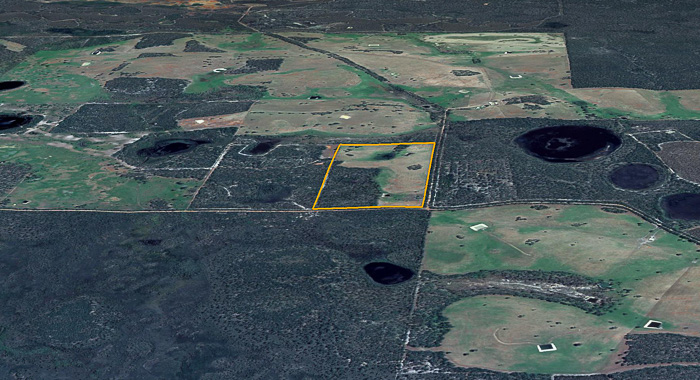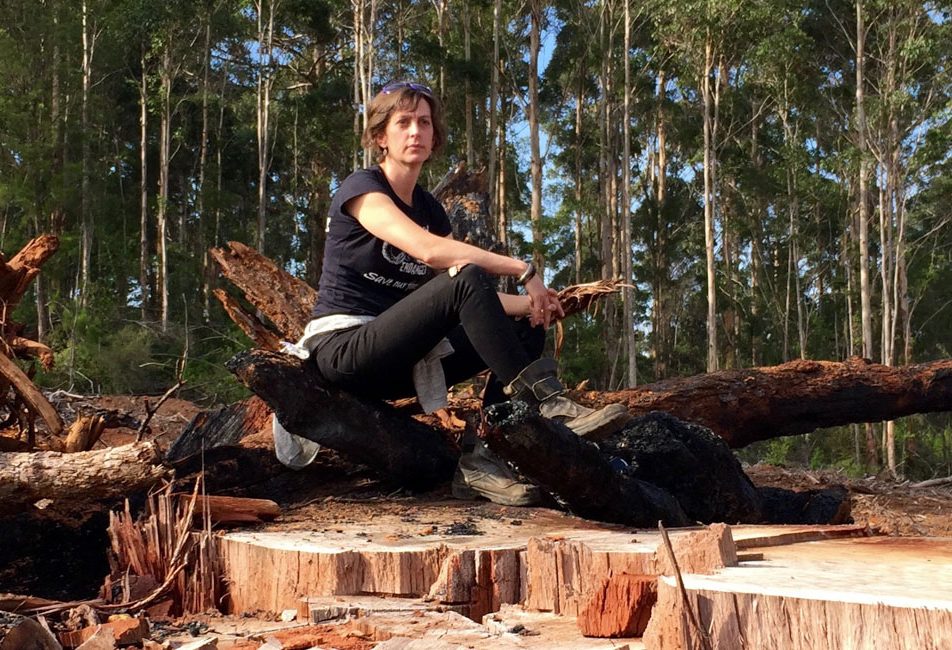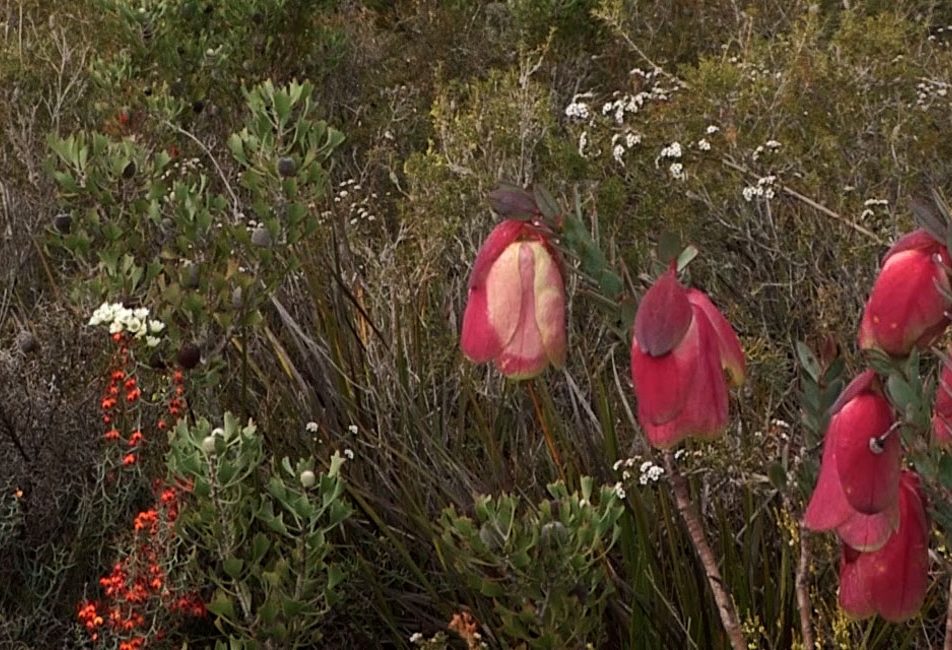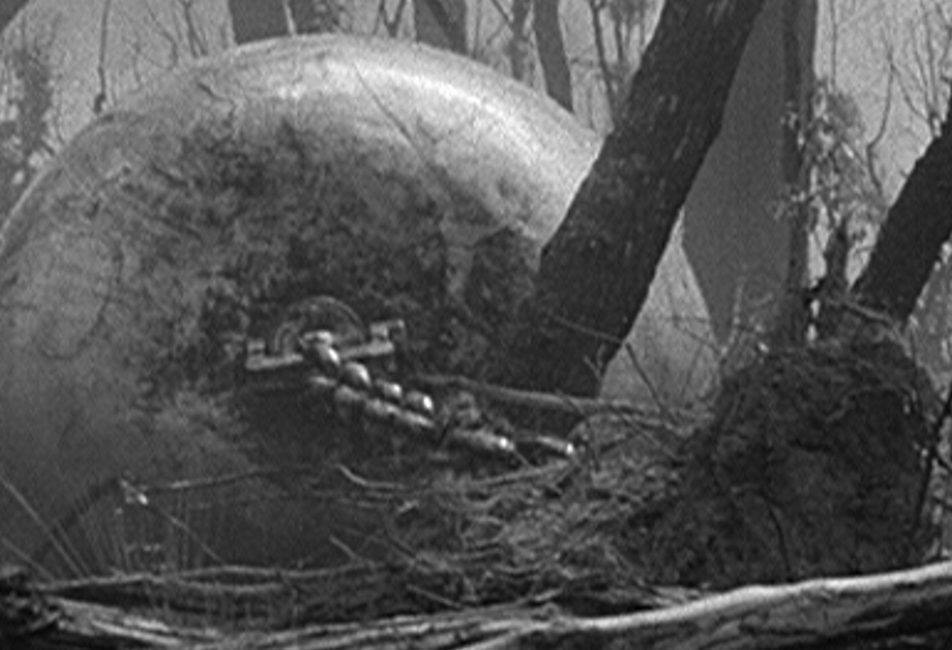A first step for any restoration program is to protect what natural habitat we already have. This is extra important in south-western Australia, where so much has been cleared and many very small patches invariably have plants, and sometimes animals, that occur nowhere else. Even a lone tree in a paddock can be the home to an astounding plethora of insects, birds and lizards, and an essential stepping stone for wildlife on the move.
National Parks, Nature Reserves and more
Gondwana Link contains most of the large intact habitats remaining across south-western Australia. We are doubly fortunate that many very large areas, like the D’Entrecasteux, Walpole Wilderness Area, Stirling Range and Fitzgerald River National Parks, have received legal protection, along with many Nature Reserves, like Lake Magenta, Dunn Rock and Dundas.
Many of these protected areas were achieved through immense public pressure – such as the forest fights through the 1970’s that led to D’Entrecasteaux and Walpole being declared, the mining battle in the early 1970’s that preceded establishment of Fitzgerald River, and the 1980’s battle to extend the park north and prevent more land clearing. These are the strategically placed habitats we are building Gondwana Link from.
To this impressive array can be added the recently declared Ngadju Indigenous Protected Area, of some 4.4 million ha. We are proud of having worked with Ngadju Conservation Aboriginal Corporation to achieve this. While IPA’s don’t have the same high level of protection that National Parks and Nature Reserves enjoy, they do have good funding for management.
There are opportunities to extend both the public conservation estate and Indigenous Protected Areas across other areas. After significant public pressure opposing mining proposals, the WA government has agreed to establish a new national park at Bungalbin (Helena-Aurora) and we congratulate the colleagues who campaigned for this. Meanwhile further south, plans are already underway, subject to First Nations involvement and agreement, to extend Frank Hann and Peak Charles National Parks.
More difficult opportunities need to be grasped, but these sit within the context of pressure from the mining sector and the importance of respecting First Nations rights and wishes. A key biodiversity hotpot, essential linkage area from the coast to the inland, at Ravensthorpe remains largely unprotected, though there is a strong local push to achieve nature reserve listing for at least some of the area.
Covenants and land purchase
Many farmers and other landholders with valuable bushland areas have protected them in perpetuity by placing covenants over their land. In the past funding for fencing and management assistance was available with the covenant, and we are working on achieving that again.
A number of strategically important properties have been purchased to support the Gondwana Link vision – some by groups and others by individual conservation buyers. We have assisted in most of these purchases, and share the excitement at another area being secured and restored. Most landholders then place covenants over the properties, including the revegetation areas. Protection is then forever!
Many of these properties then become the focus for ongoing management work, such as the BioBlitzs at Chingarrup Sanctuary and Twin Creeks Conservation Reserve, the Balijup Fauna Sanctuary, and the Conservation Council Citizen Science program.
Even urban dwellers can help. Research is demonstrating how these can provide the variety of habitat some wildlife needs. Examples include the populations of powerful owls around Margaret River and the populations of the endangered Western Ringtail Possum in the gardens of the Capes area and around Albany.








